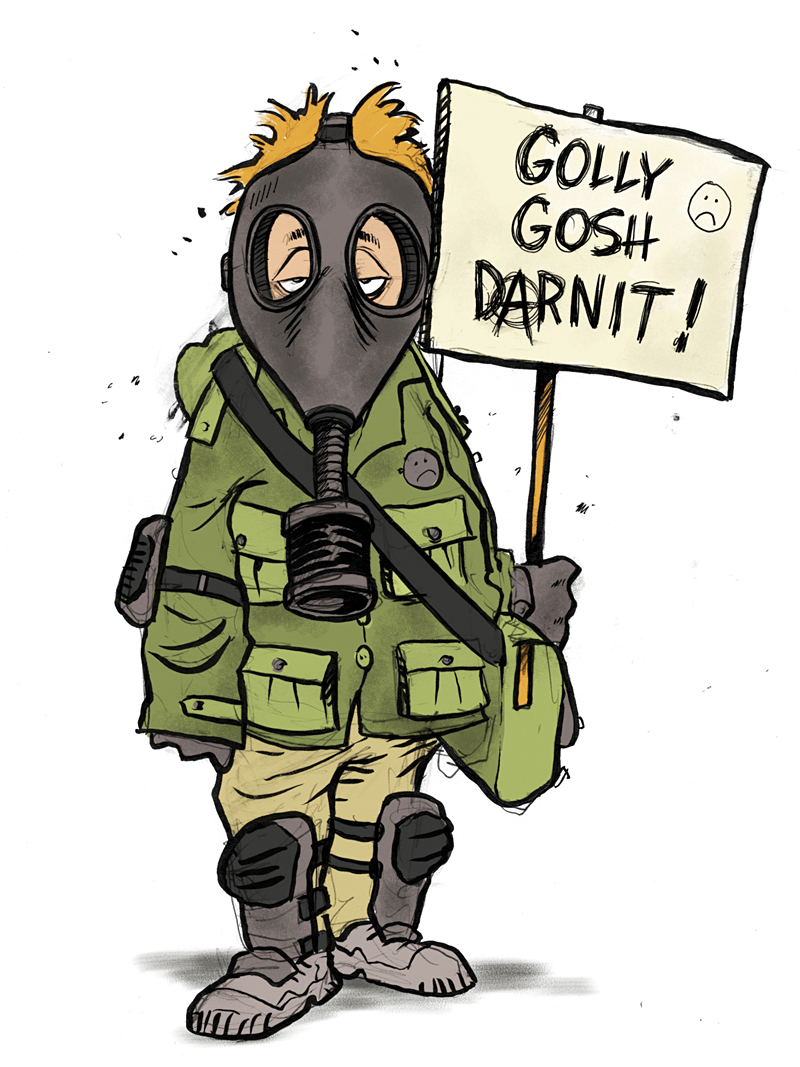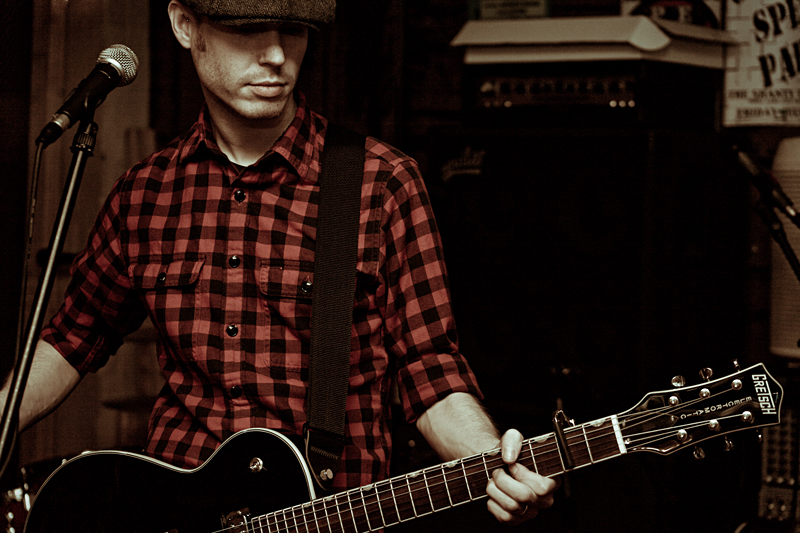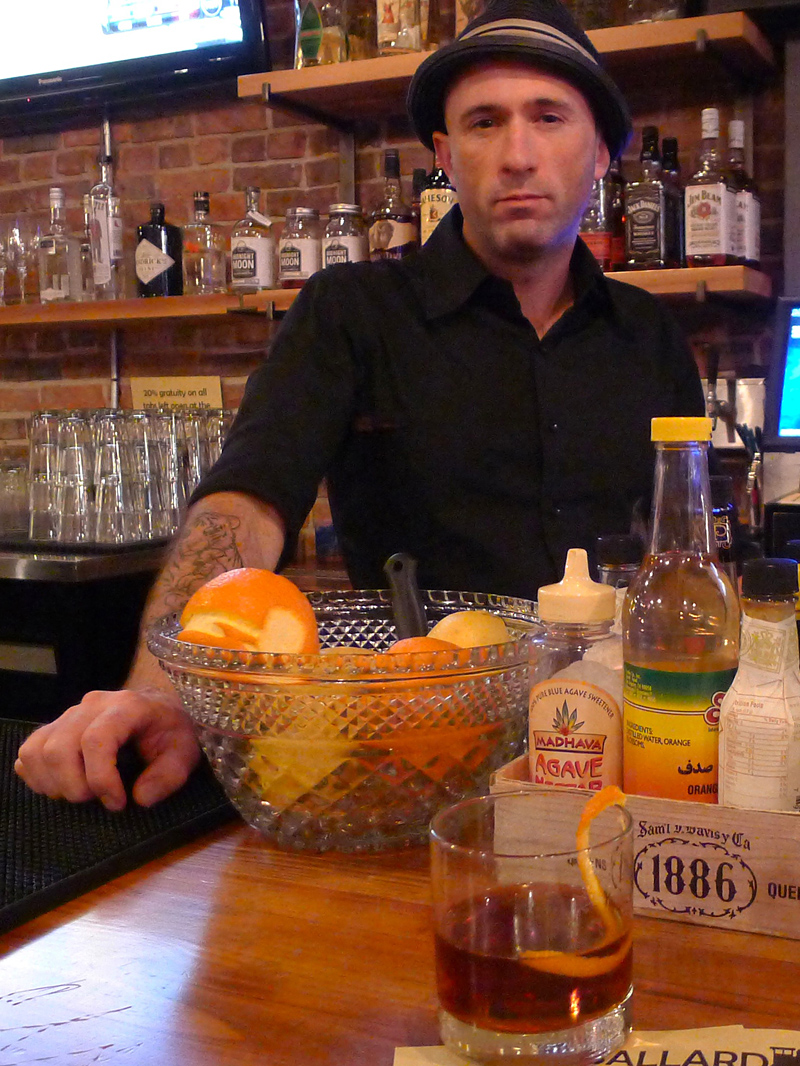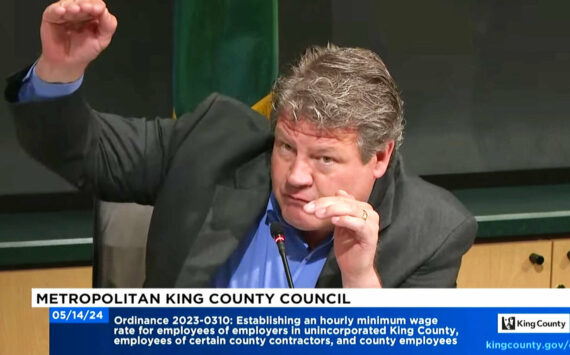This city is known for the “Battle in Seattle,” those chaotic WTO riots in 1999, but for the most part we’re peaceful folks—so much so that after last Wednesday’s announcement by King County prosecutors that former Seattle officer Ian Birk would not face charges for the unprovoked shooting of Native American wood-carver John T. Williams, the frenzy in the streets peaked with just “heated yelling by protesters towards police in riot gear.” So what gives?
Last year, after a San Francisco Bay Area transit cop was convicted of involuntary manslaughter, the streets of Oakland nevertheless filled with looters and mayhem. Los Angeles (and to a much lesser extent, Seattle) rioted in 1991 after the beating of Rodney King by LAPD officers, and countless championship victories by American sports teams have been followed by anarchy in the streets.
That raises the question: If Denver Broncos fans are up for a little squad-car tipping after the Super Bowl, why didn’t a racially charged moment like last week’s provoke Seattleites? Admittedly, I don’t have the answer, but here are a few ideas:
Rioting is not passive-aggressive, it’s just plain ol’ aggressive, and the average Seattle resident is anything but. There were many, many angry people in the city last week, but a (relatively) peaceful protest was seemingly enough of an outlet for that anger. The most aggression I saw during the march down Third Avenue was a white kid with dreadlocks giving a cop on a bicycle the finger. That’s Seattle for you. (The WTO, it’s worth noting, was blamed on out-of-town anarchists who came to Seattle just for the occasion.)
The city has just a small minority population. The real outrage—and rightfully so—came from the city’s Native American and African-American communities. They are the ones who’ve had their rights trampled in incidents like the Birk/Williams shooting for decades, with the violators of those rights rarely being held accountable. Unfortunately, they only account for about 10 percent of the city’s residents. And even when Seattleites rioted after the Rodney King verdict, the instigators were described as “angry mobs of mostly white youths.”
The buildup was too gradual. It’s been six months since Birk gunned down Williams at the corner of Boren and Howell, enough time for the city to ponder what happened and vent its fury at the mayor and police chief at community forums. And because state law sets such a high bar for charges in an officer-involved shooting (see below), no one was really surprised that Birk escaped prosecution. Most everyone had steadied themselves for the result long ago.
There was no advertising. That may sound absurd, but a friend of mine who lived in Berkeley during the Oakland riots described how thousands of police in riot gear were set up well before people gathered in the streets. More important, television helicopters hovered overhead, beaming live footage of the empty streets and expectant riot cops to TV sets around the Bay Area. Anybody watching at home who was looking for trouble knew exactly where to find it. There were quite a few cops last week at Westlake Center and a fair amount of media attention, but nothing like what my friend described in Oakland. In other words, there was no advertising for a riot.
Not enough liquor. The last time things got out of hand in Seattle was Mardi Gras in 2001, proving yet again that if you get enough drunk people together in a public place, a fistfight or two (or 50) will break out.







